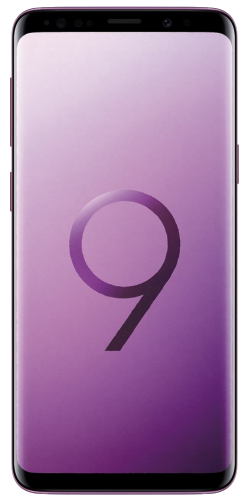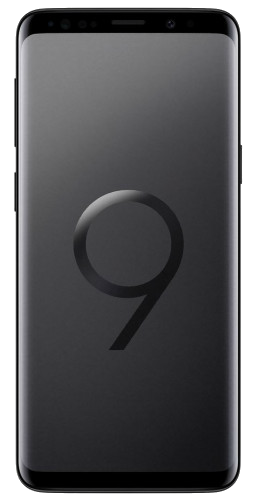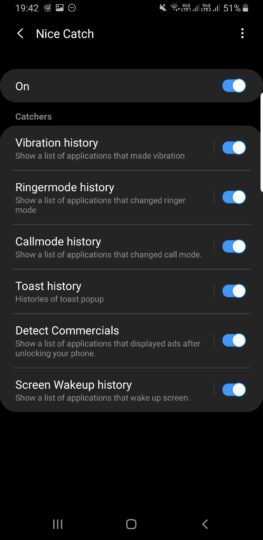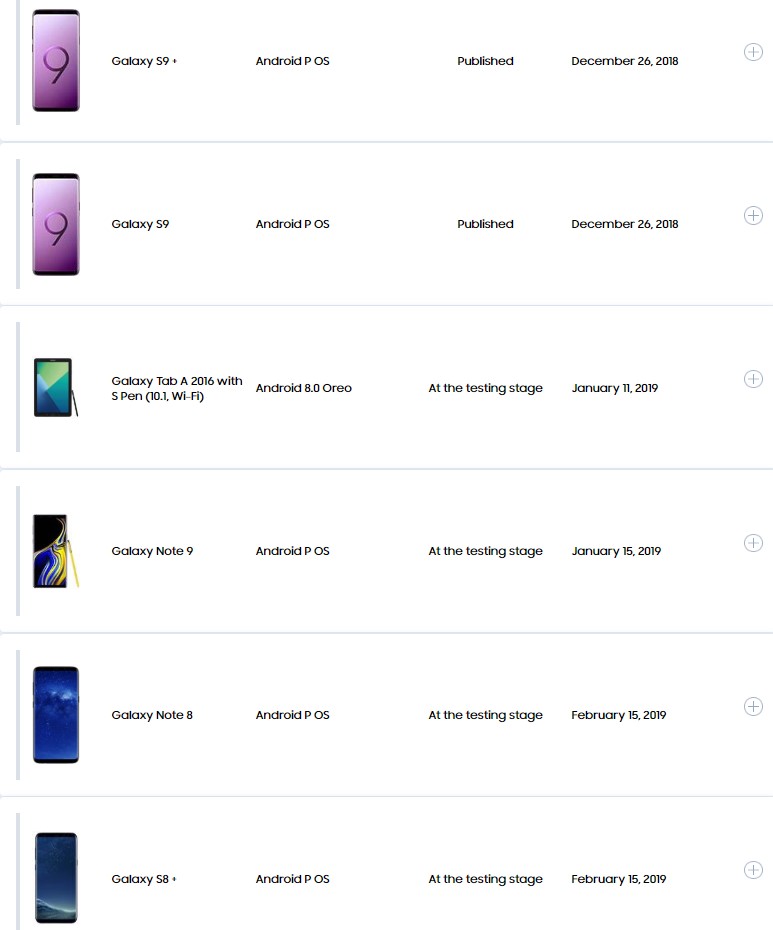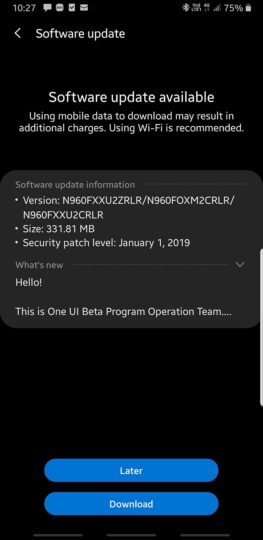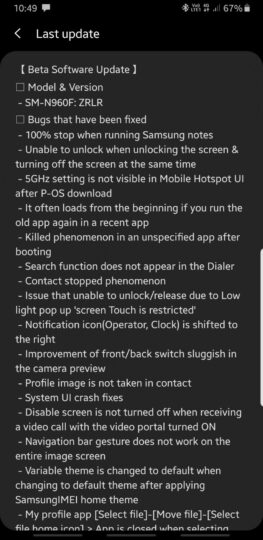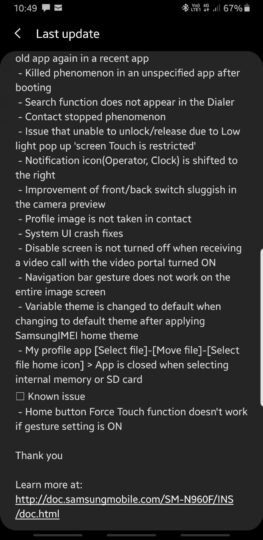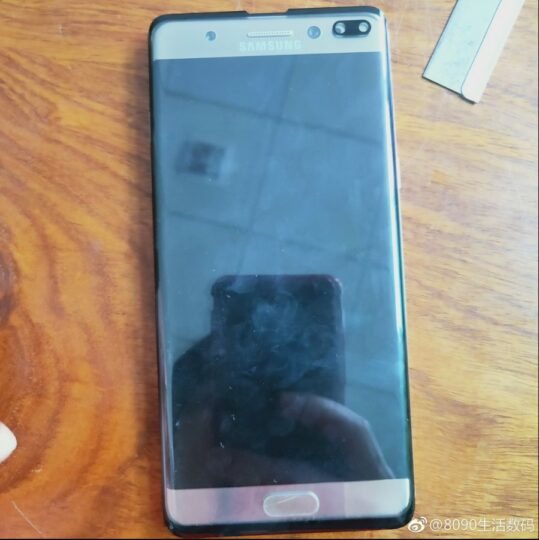While it has been a great year for us Samsung fans in many ways, the company has seen a few bumps along the way in 2018. Its smartphone sales have dipped, Bixby is still far from what it should be in the heavily competitive virtual assistant market, the company’s mid-range and budget lineups are falling farther behind the competition, and as 2018 comes to a close, we still don’t have a proper look at Samsung’s foldable smartphone.
We have already talked about how Samsung impressed us in 2018, and now, we present our thoughts on how Samsung let us down this year.
Abhijeet Mishra: Samsung’s Android Go attempt
Eyebrows were raised when rumors of Samsung working on an Android Go smartphone started making the rounds. Everyone wondered how the Korean giant would release a phone running stock Android, until it hit us that Google doesn’t stop manufacturers from customizing Android Go smartphones. And then we found out that Samsung’s Android Go phone, called the Galaxy J2 Core, would run the company’s custom software skin. We thought we would still give it a chance, until I got the J2 Core for review.
You may be wondering where our review of the J2 Core is, and the answer is that it probably isn’t coming. I tried using that phone, but I failed to understand why Samsung has made it. The performance is lacking, the phone ran out of storage as I tried restoring my WhatsApp account (and I hadn’t even installed any of my other regular apps yet!), and the specs are just quite poor overall. And that wouldn’t be a problem if Samsung didn’t put its custom software on it. Android One phones with comparable specs can run quite well on stock Android, and Android Go devices would likely do so as well.
I understand Samsung can’t make phones that don’t run its own software, but then why did it have to waste time and resources on an Android Go phone? It’s not doing anyone any good. It’s yet another hint that Samsung can probably never let go of the habit of trying its hand at everything and anything. It couldn’t adopt Android One because Google required Android One devices to run stock Android, and it should have trashed the idea of making an Android Go smartphone as well.
Adnan Farooqui: Slow Bixby development
We were tolerant of Bixby’s shortcomings when the digital assistant first arrived with the Galaxy S8. Samsung was late to the game and it was clear that the assistant had been rushed out because Siri, Alexa and Google Assistant had already made a name for themselves. While Samsung marketed it as being able to do anything on the device in response to voice commands that you could do by tapping on the display, Bixby was clunky, slow and more of a novelty than something you could rely on. We cut the company some slack and kept reiterating to our readers that perhaps we should give Samsung some time to iron out the kinks.
While some improvements have been made, it’s clear that Bixby still has a long way to go. Despite all the talk of Bixby 2.0 taking the assistant to new heights, it didn’t really feel like any significant improvements had been made. It still can’t do some of the tasks that Samsung highlighted at the Galaxy Note 9 launch event earlier this year. As we pointed out recently, Bixby 2.0 seems to be failing at stuff on Android Pie that Bixby 1.0 could do with Android Oreo. To me, it feels like Bixby is still an afterthought for Samsung, something that it begrudgingly does because others are doing it as well.
There may be hope yet for Bixby. Samsung has detailed the improvements that it’s working on at its developers’ conference last month. It also announced that Bixby would be opened up to third-party developers so that it can get additional functionality. However, because of the disappointment fans have had so far, it would be difficult to cut Samsung slack for the shortcomings any longer.
Danny Dorresteijn: Ditto
Samsung announced Bixby to replace S Voice and take on Google Now and Apple Siri alongside the Galaxy S8. That was two years ago, and Bixby still hasn’t made the impression it should have by this point. Bixby 2.0 is promising, but it’s a shame that a company like Samsung with all its resources takes so long to create a great voice assistant.
I also think Bixby 2.0 should have been released from the start, or at least rolled out earlier to consumers. The assistant isn’t getting smarter and better quickly enough, but the hate and resentment against that dedicated Bixby button is probably growing larger. And it’s all Samsung’s fault, because the company did not bring consumers the right experience from the start.
Martin Reinders: Where’s the Galaxy Home?
Google Home with Google Assistant, Amazon Echo Dot with Alexa, and Galaxy Home with Bixby. Which of the three doesn’t belong there? I’ll tell you: it’s the Galaxy Home, because it’s not been released yet. From a company the size of Samsung, you might expect it to release a product shortly after it’s announced, right? Well, the Galaxy Home was announced alongside the Galaxy Note 9 back in August, and with 2019 upon us, Samsung still says the product is coming soon on the Galaxy Home website for the US.
The Galaxy Home website doesn’t list any of the speaker’s specs (though the initial press release did), and there is no word on pricing or a release date. I don’t know about others, but it’s a big letdown for me, more so than the fact that Bixby isn’t as advanced as everyone would like it to be by this point.
Naresh Nekkanti: Still too many similar phone models
There is an argument that carriers and major retailers are the real customers for Android devices, including those from Samsung. The implication being that Android OEMs, unlike Apple, make devices to sell them to the carriers and retailers and so customer satisfaction is never really their primary concern. While the Cupertino company can be criticized for many things, it deserves praise on this issue as the argument indeed holds true, demonstrated by the fact that the company doesn’t launch half a dozen similar models just to pander to the carriers and retailers.
There was a time when Samsung had a different flagship for each major carrier. Thankfully, the company no longer does that, and the flagship lineup is standardized and streamlined. However, the problem still persists in the midrange and budget segments as the company continues to launch numerous similar models to cater to various network operators and retailers. There is no reason for so many different Galaxy J3, J5, and Galaxy On models to exist from a customer experience and support perspective. The company continues to make them only to benefit from exclusive partnerships. I was hoping Samsung would ditch this strategy, simplify the lineup, and invest more into support for improving customer loyalty and satisfaction. Sadly, none of that happened this year.
Sumit Adhikari: Why is Bixby Voice available on so few devices?
In this age of artificial intelligence, Samsung launching Bixby never came as a surprise. But what’s surprising is that even after nearly two years in the business, Bixby is far from being a truly capable digital assistant. Bixby 2.0 did bring some new features and better conversational skills, but it’s still not enough. And, in my eyes, the slow development of Bixby has something to do with the lack of users.
The complete version of Bixby (voice assistant and all) is available only on a handful of Galaxy flagships, which are not quite enough to provide Samsung with adequate data to add to the repertoire of Bixby. This results in Bixby being unable to work efficiently, which eventually leads to lesser adoption and the circle repeats. Samsung should have focused on putting that Bixby button on every new smartphone that came out after the Galaxy S8, and while some mid-range Galaxies have launched recently with the Bixby button, it may be too little too late at this point.
Henk Loosbroek: Bixby’s limited language support
Some of my colleagues already mentioned Bixby, so bear with me here. I also think Bixby is not finished yet and was released too early. After all, with Google, Apple, Amazon and others already so far ahead, Samsung had to do something at some point. But where the company could have been quick was with bringing more languages. Only a handful are supported at the moment, and I live on the hope that support for Dutch will someday arrive. English is available, yes, but Bixby can’t exactly understand everything I say. That’s probably because of my dialect, but then those are issues Samsung needs to solve, and fast.
As 2018 comes to an end, what was the one thing about Samsung that let you down or left you disappointed? Sound off in the comments, and from all of us at SamMobile, here’s wishing you all a Happy New Year!
The post Behind closed doors: How Samsung let us down in 2018 appeared first on SamMobile.
from SamMobile http://bit.ly/2AptH6A
via
IFTTT



